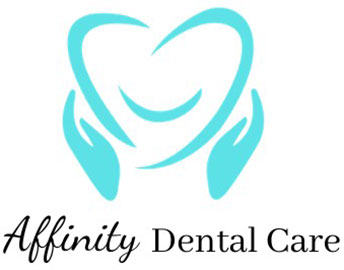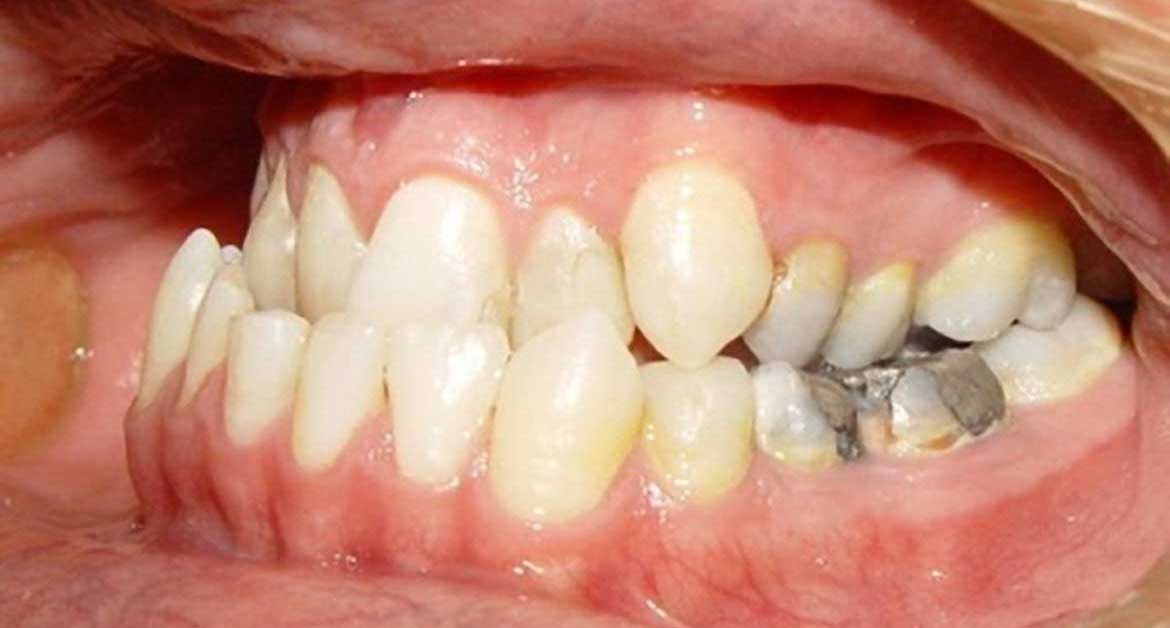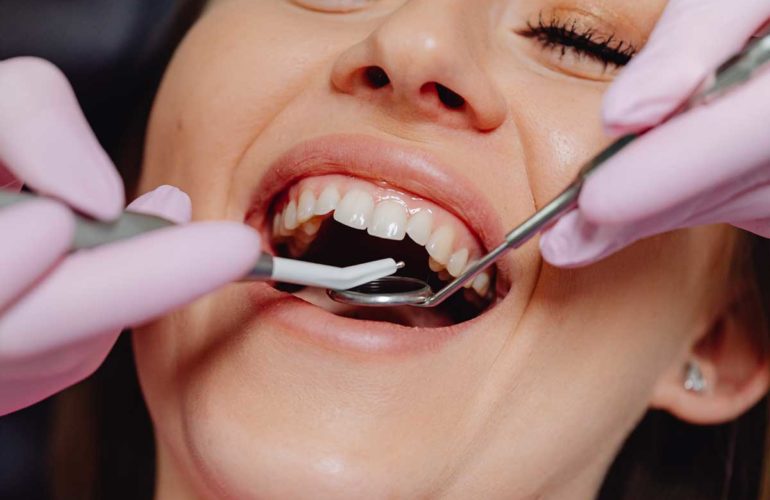The terms overjet and overbite are commonly coined to describe a dental cosmetic problem. They are often used to express misalignment of front teeth; while both conditions are similar, they are not the same. Patients can have both or one of them that stands in the way of a great smile.
A beautiful smile can work wonders on your confidence and, in turn, your success. My patient came to my office for orthodontic treatment using the clear aligner technique frequently told me that their reasons for seeking orthodontic treatment were overbite. Some are right with their diagnosis, but some have other malocclusion issues.
Overbite is when the upper front teeth excessively overlap the bottom front teeth when back teeth are closed. It is also called a deep bite or a closed bite. An overbite is typically measured in millimetres. Suppose the edges of the top and bottom front teeth line up at the same level when the patient closes their mouth, 0mm overbite. If the top teeth overlap the bottom by 10mm, there is a 10mm overbite. The ideal overbite is generally in the range of 2-4mm.
With overjet teeth, the front teeth protrude outward in a horizontal direction. Overjet teeth happen when the upper front teeth push outward. This condition is also known as buck teeth. When the alignment between these teeth is normal, the upper front teeth sit roughly 2 mm in front of the lower teeth. So overjet describes a condition where the horizontal separation is greater than 2 mm.
In summary, overbite describes the vertical misalignment between the upper and lower front teeth. At the same time, the overjet depicts the horizontal distance between the upper and lower front teeth.
Deep overbites and overjet are a common condition – about a quarter of the population in the world.
Patients with deep bites are usually not noticeable when they smile. However, they are generally associated with retruded or short lower jaw and short lower face height. Because the front teeth excessively cover the lower teeth, the patients who have deep bites tend to have jaw joint or orofacial musculature issues. Other issues are bad bites and misaligned teeth with crowdings. The gums behind the upper front teeth can be irritated if the lower teeth are touching the gums during full mouth closure.
Patients with mild overjet teeth are hardly noticeable, but more significant cases, especially when the front teeth stick out, can change the look or shape of your face. Protruded front teeth make it difficult for their lips to close, leading to difficulty chewing and swallowing. They may have jaw pain as well.
Besides the common problems like crowdings (crooked teeth) and malocclusions (bad bite), speech problems, frequent tongue, cheek or lip biting, both conditions are likely associated with craniofacial deficiency (small and narrow maxilla and mandible) and, subsequently, lack of nasal breathing (more mouth breathing and sleep-breathing disorder).
Overjet and overbite teeth can occur for numerous reasons, including genetics (although I believe it is to the very least extent). They are likely the results of trouble with breastfeeding, infant soft diets, thumb sucking and pacifier usage for a long time as a child.
There are several established treatment options available for an overbite and an overjet that include:
- Braces – align and correct the bad bite.
- Teeth removal – gain space for alignment.
- Appliances for growth modification (Herbst and Bionator etc.) – promote the jaw’s growth and development in 3D dimensions.
- Aligners (ClearCorrect and Invisalign etc.) – align and correct the bad bite, like braces.
- Biomimetic devices (Vivos Therapeutics) – promote the width and forward growth of the upper jaw
- Crowns and bridges – mask the overjet and overbite or restore the vertical dimension of occlusion for the cases with severe enamel wear and missing teeth
- Veneers – mask the overjet and overbite.
- Bonding – mask the overjet and overbite.
- Oral surgery –reset and align the jaw to face or jaw to jaw relationship.
The severity of your case and several other factors will determine the best treatment options. The options can be a single one or a combination of two or more.




